Butterfly migration is one of nature’s most extraordinary phenomena, with some species traveling thousands of miles across continents to find suitable climates and food sources. These journeys are vital for their survival, helping them escape harsh weather conditions and reach breeding grounds. Each one of these insects has a migratory path that is unique, shaped by environmental factors and biological needs. In this article, we’ll explore some rare butterfly species that migrate across continents, highlighting their incredible journeys and the challenges they face along the way.
Monarch Butterfly
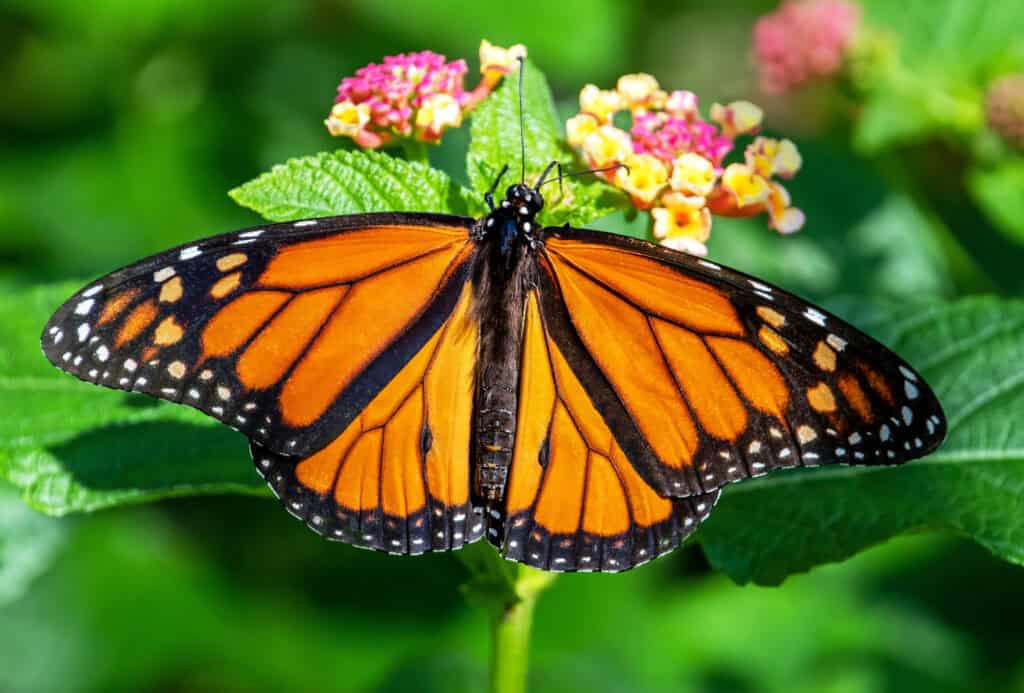
Monarch butterflies are renowned for their incredible migration across North America, traveling up to 3,000 miles from the United States and Canada to Mexico. Every fall, millions of these insects converge on the Sierra Madre mountains in Mexico, where they spend the winter clustered in oyamel fir trees. They utilize a combination of environmental cues, such as sunlight and temperature changes, to guide their journey. After surviving the winter, they begin the journey back north, with each generation completing part of the trip. Its life cycle is closely tied to the milkweed plant, which provides a critical food source for their caterpillars. Their migration is a multi-generational phenomenon, meaning no single butterfly completes the entire journey. In addition to North America, monarchs are also found in Australia and New Zealand, where they undertake smaller migrations to coastal areas during the winter months.
Painted Lady
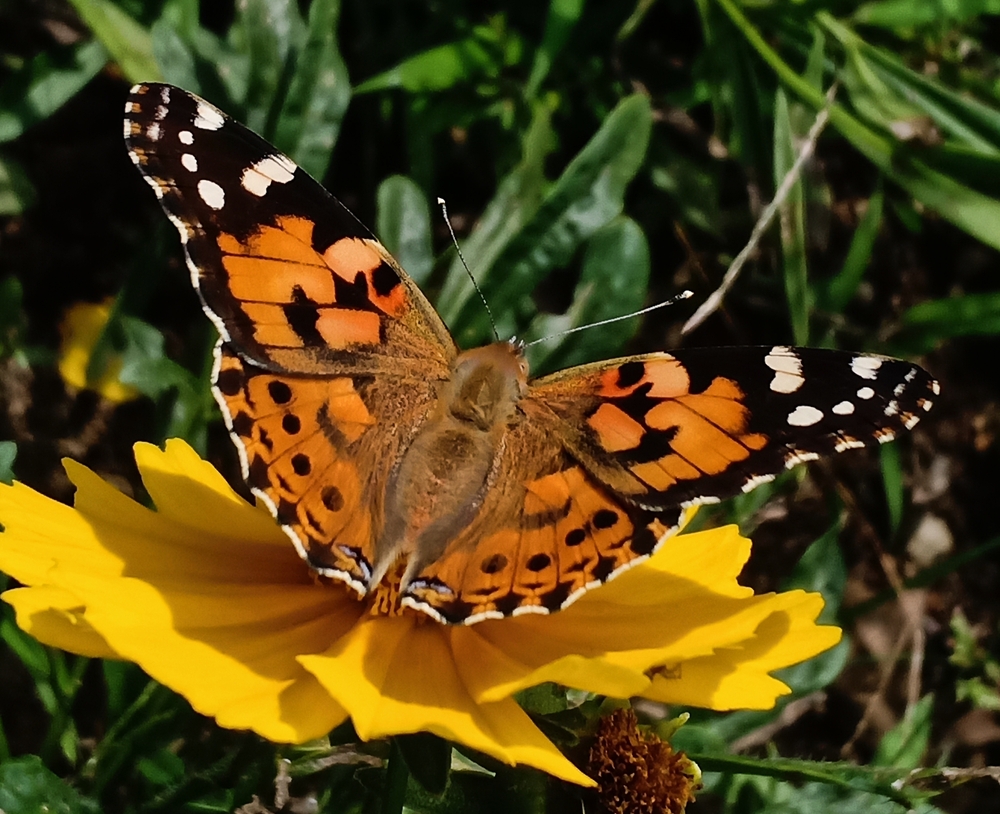
Painted lady butterflies are global travelers, capable of migrating over 9,000 miles across Europe, Africa, and the Middle East. Their journey is a true testament to resilience, as they travel across the Sahara Desert and even over oceans. These insects follow seasonal food availability, particularly nectar-rich plants, and adjust their migration routes based on environmental conditions. Unlike monarchs, painted ladies don’t have a fixed migration route but instead use wind patterns to cover vast distances. In one remarkable instance, they were found to have flown from West Africa to South America, crossing the Atlantic Ocean. This migration took the butterflies over 4,200 kilometers across open water. They also breed en route, with multiple generations contributing to their long journeys. In addition to their long migrations, painted ladies are incredibly fast flyers, reaching speeds of up to 30 miles per hour.
Red Admiral
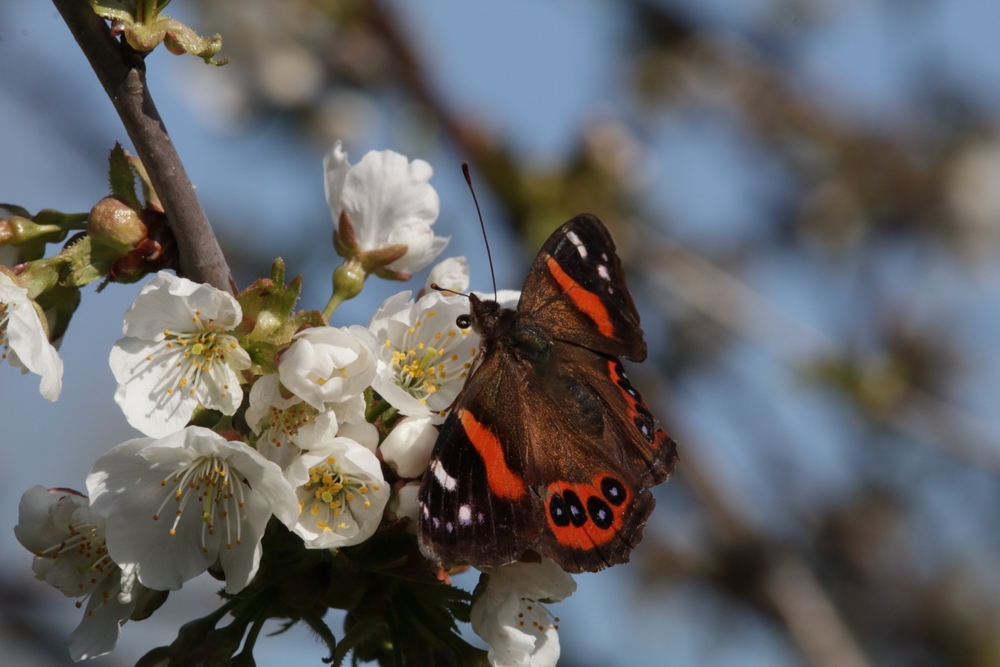
Red admirals are striking butterflies known for their bold black and red patterns. They migrate across Europe, Asia, and North America, typically moving from southern regions to northern areas as the weather warms. Unlike many other migratory butterflies, they don’t follow a fixed schedule but instead move when food becomes scarce or temperatures drop. Their migration can vary greatly depending on climate conditions and the availability of their favorite food source, stinging nettle. They are also resilient, able to thrive in both temperate and tropical climates. During their migration, they can cover large distances, sometimes flying hundreds of miles. Their migration is particularly noticeable in spring and autumn when they travel in large numbers to warmer areas to avoid the cold. They are also known to migrate across mountainous regions, often found in the Alps and Pyrenees, taking advantage of wind currents to conserve energy. Red admirals hibernate during winter and are among the first butterflies to appear when temperatures rise.
Cloudless Sulphur
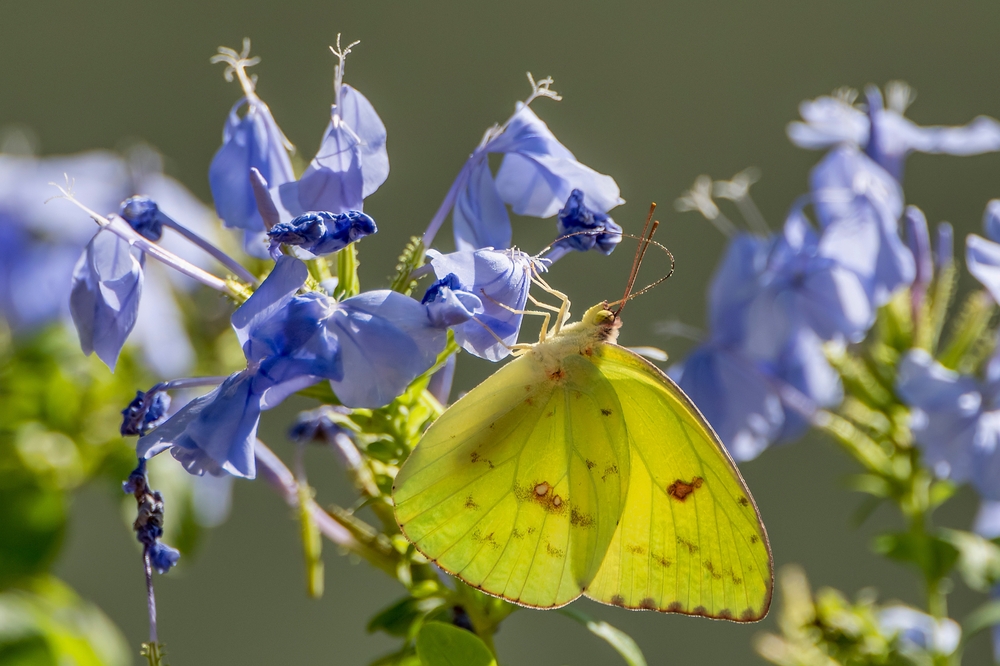
The cloudless sulphur butterfly is a medium-sized species with bright yellow wings, commonly found across the Americas. These insects migrate en masse, often from as far north as Canada down to Central and South America. During the fall, they travel to escape the cold and reach warmer southern regions. They are known for their ability to navigate using the sun, allowing them to cover vast distances with minimal energy. Males typically migrate faster than females, who conserve energy for egg-laying. In the spring, the new generation returns north, expanding the butterfly’s range as temperatures rise. Their migration is often seen in large groups, creating a stunning spectacle of yellow wings against the sky. They are also known to reach speeds of up to 12 miles per day during their journey.
Common Buckeye
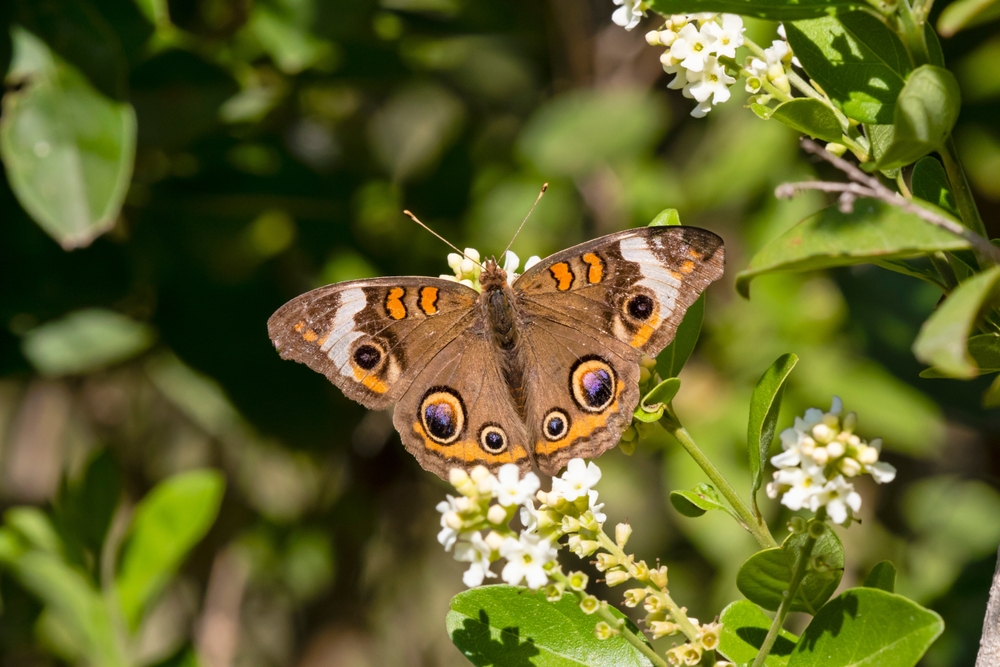
Common buckeye butterflies are known for their distinctive brown wings with eye-like spots, which help deter predators. These butterflies migrate from northern regions of North America to southern areas in the fall, seeking warmer climates. They are commonly found in fields, gardens, and open spaces, feeding on nectar from a variety of flowers. Their migration is driven by seasonal changes, with these insects returning north as temperatures warm in the spring. Their host plants include members of the snapdragon and plantain families, where they lay eggs during the breeding season. Unlike many migratory species, they do not hibernate, instead continuously breeding throughout the warmer months. Their migration can span several hundred miles, often taking place in large groups. They are also known for their erratic flight patterns, which make them difficult prey for predators.
Gulf Fritillary
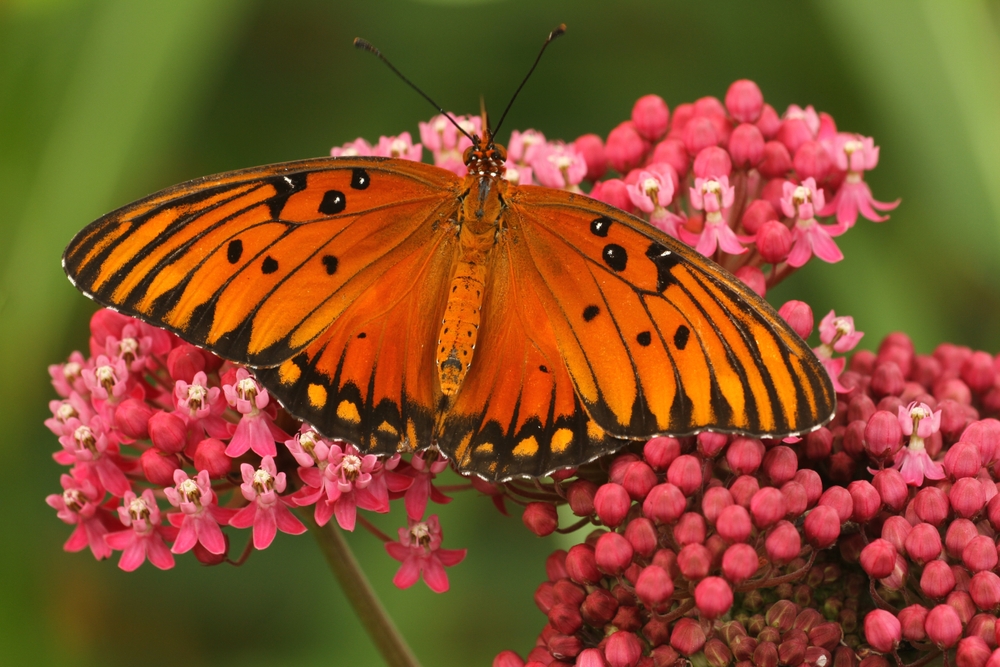
The Gulf fritillary is a medium-sized butterfly with vibrant orange wings, commonly found in the southern United States, particularly along the Gulf Coast. These insects migrate to escape cold winter temperatures, often flying south to Central America or even across the Gulf of Mexico. Their migration is typically seen in the fall, with these butterflies returning north in the spring. They rely on passionflower vines as their host plants, where they lay eggs and feed as caterpillars. The adults are drawn to nectar sources, particularly in open fields and gardens. Their migration is a fascinating sight, as large numbers of these butterflies can be seen flying together during their seasonal journeys. They are also sensitive to temperature changes, and their migration patterns may shift as climate conditions evolve.
American Lady
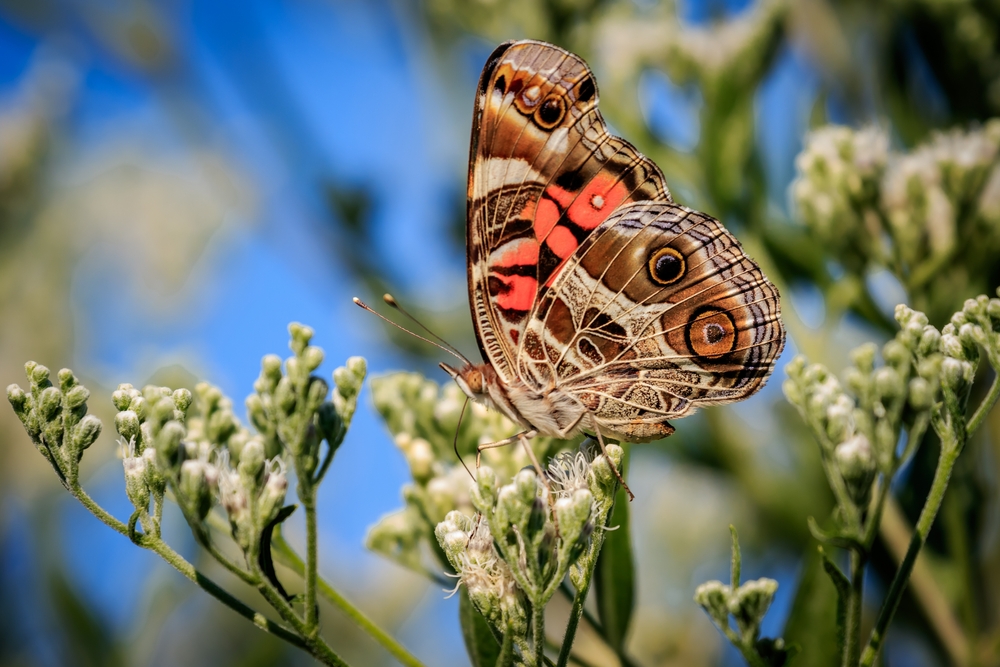
The American lady butterfly is a small species with distinctive red, black, and white markings. Found throughout the southern United States, these insects migrate north in the spring and return to warmer regions in the fall. They are commonly seen in open areas such as meadows, gardens, and fields, where they feed on nectar from various flowers. Their migration is driven by the availability of food and suitable breeding grounds. Unlike some other migratory species, they are active throughout the day, often flying close to the ground. Their caterpillars feed on members of the aster and plantain families, providing essential nutrients for their development. Their migration is also influenced by weather patterns, with large groups of butterflies sometimes appearing after storms or heavy rains.
Mourning Cloak
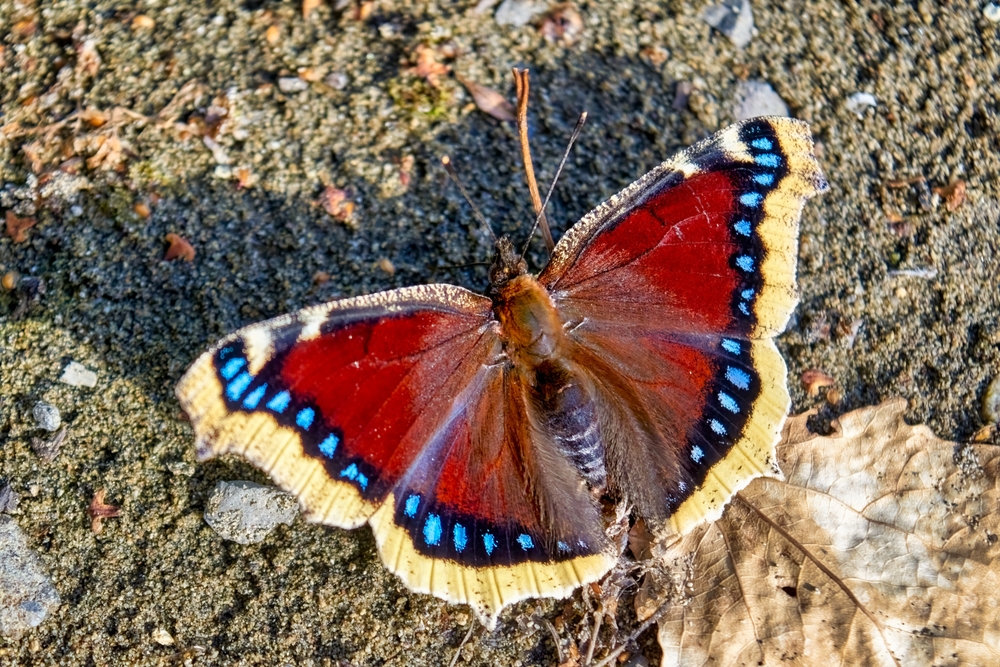
Mourning cloak butterflies are unique in their migration habits, with some populations migrating south during the winter while others hibernate in place. These large, dark-winged butterflies are found across North America, Europe, and Asia, and are among the longest-living butterfly species. They typically emerge in early spring after hibernating through the winter, making them one of the first butterflies seen each year. Their migration is triggered by changes in temperature, with some populations traveling to avoid the cold while others remain in their habitat. These insects feed on tree sap and overripe fruit, making them different from nectar-feeding species. Mourning cloaks are also known for their strong territorial behavior, often defending feeding areas from other butterflies.
Caper White
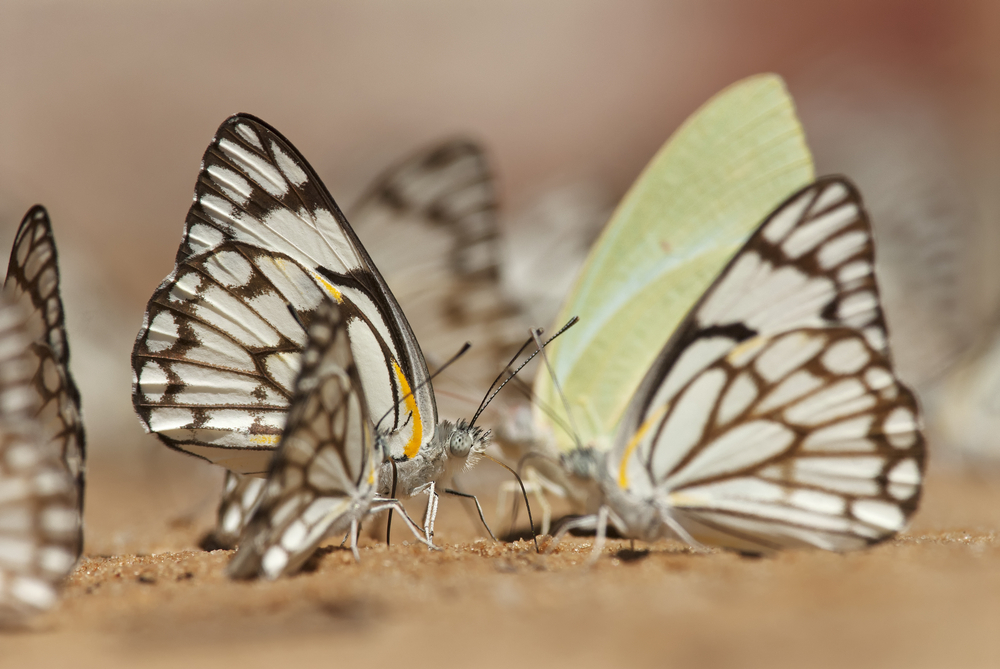
The caper white butterfly is a striking species found primarily in Australia and parts of Asia. These insects are known for their long migrations, sometimes covering distances of up to 3,000 miles. Unlike many migratory species, they often migrate to areas where their host plants, caper shrubs, are not found, making their migration patterns a mystery. They travel in large groups, often flying just above the ground, and are particularly sensitive to changes in weather patterns. Their migration occurs every few years, driven by environmental factors that are not yet fully understood. Caper whites are most commonly seen in coastal areas but can migrate inland during certain seasons. They are also known for their rapid flight, often traveling at speeds of up to 15 miles per hour.
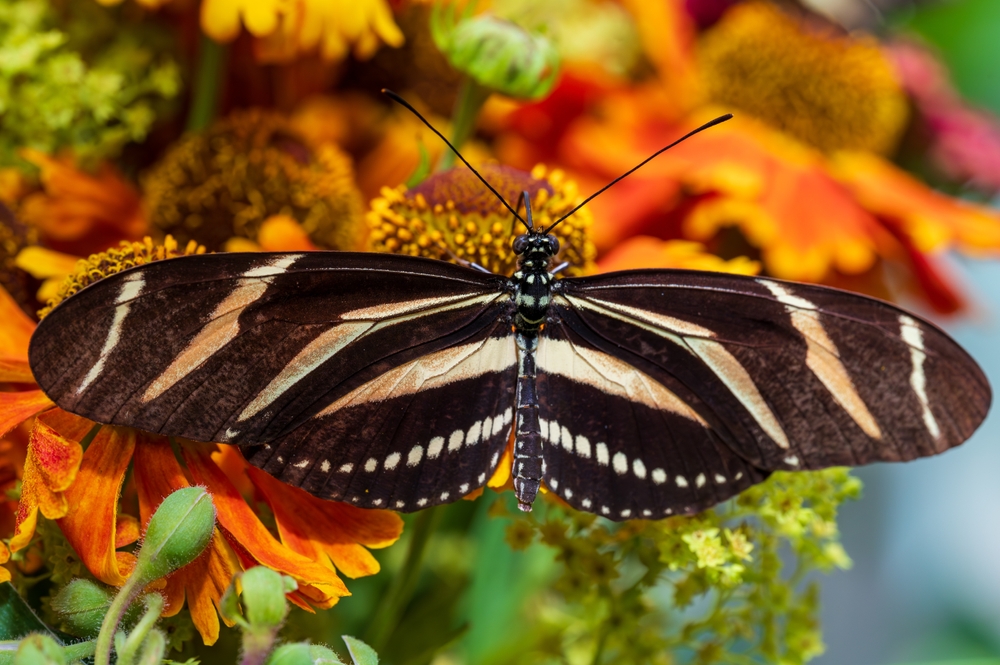
Zebra longwing butterflies, native to Central and South America, are known for their striking black-and-white striped wings. They migrate northward in the summer, reaching as far as the southern United States, before returning south in the cooler months. Their migration is closely linked to seasonal changes, particularly temperature fluctuations and food availability. They feed primarily on nectar from flowers, but they also consume pollen, which provides them with unique nutrients and extended lifespans. They are one of the few butterfly species that can digest pollen, giving them a significant advantage during their migration. Their distinct coloration also helps deter predators, as their stripes serve as a warning of their toxicity. Their migration also often involves short daily flights, with the butterflies resting in trees or shrubs during the night.
Karner Blue
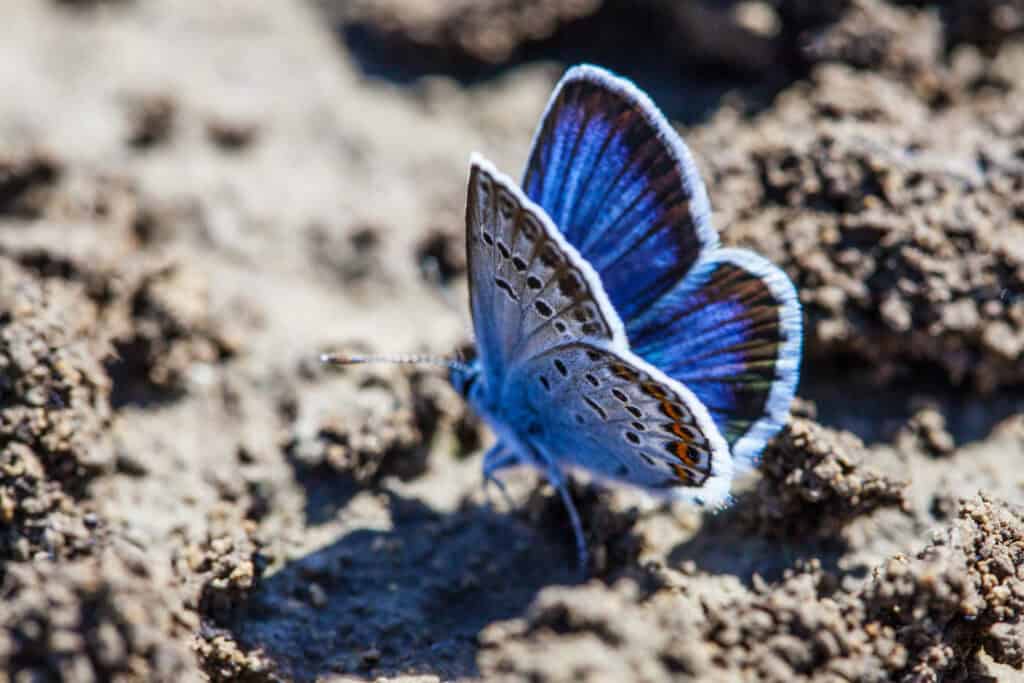
The Karner blue butterfly is an endangered species native to the northeastern United States, particularly New York and surrounding areas. Though not a long-distance migrant like other species, they do exhibit local migratory behaviors as they move between suitable habitats throughout the year. Their migration is closely tied to the availability of wild lupine, the host plant for their caterpillars. They have two generations per year, with the first generation emerging in late spring and the second in summer. They move short distances between areas where lupine is abundant, seeking out suitable breeding and feeding grounds. Habitat fragmentation and loss have greatly impacted their populations, making their migration routes more restricted. Conservation efforts focus on preserving and restoring lupine-rich habitats to support this delicate species.
Long-Tailed Skipper
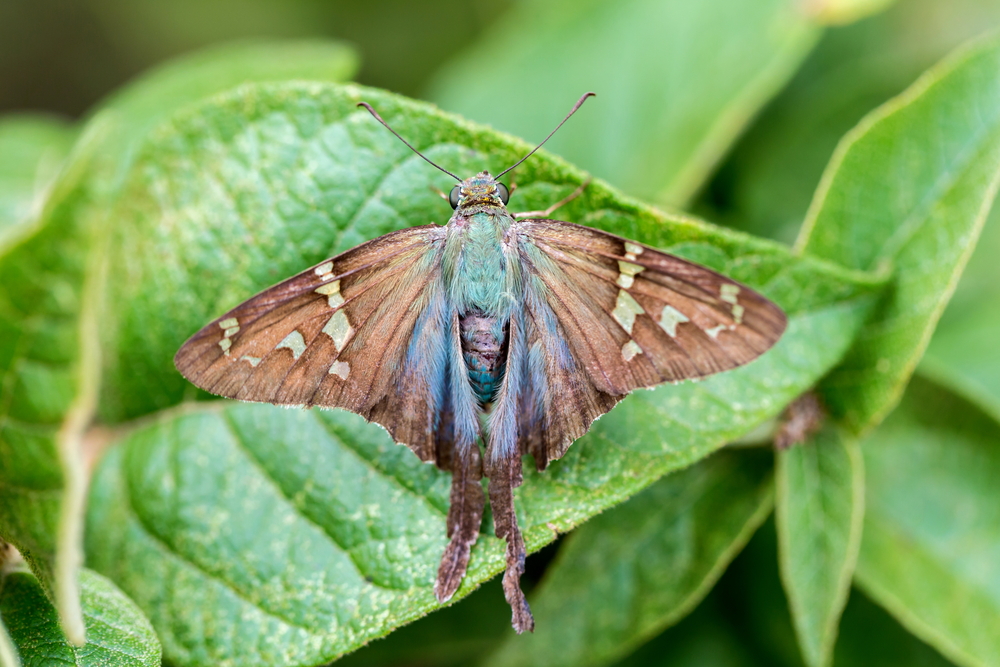
The long-tailed skipper is a distinctive butterfly known for its elongated tail-like extensions on its wings. It is primarily found in the southern United States, Central America, and the Caribbean, but during the warmer months, it migrates northward, sometimes reaching as far as the Midwest. Their migration is driven by the search for suitable host plants, particularly members of the legume family, on which their caterpillars feed. They are active flyers, often covering considerable distances during their migration. They are also known for their rapid, darting flight patterns, which make them difficult for predators to catch. These insects are most commonly seen in gardens, fields, and open areas where nectar-rich flowers are abundant. Their migration typically begins in late spring and continues into the fall, with skippers returning south as temperatures drop.
Cabbage White
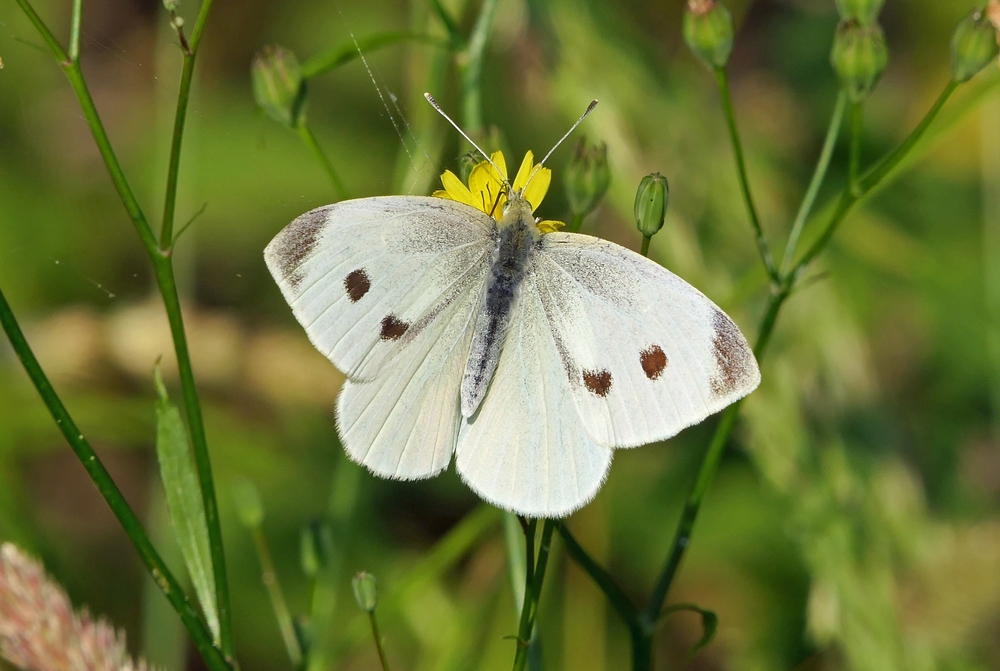
Cabbage white butterflies are one of the most widespread species in the world, found on every continent except Antarctica. These insects migrate seasonally, particularly in temperate regions where they move south to escape the cold. Their migration is often less noticeable than that of more colorful species, but they can cover significant distances, particularly in areas where cabbage crops, their preferred host plants, are abundant. They are known for their rapid reproduction, with several generations occurring in a single year. Their migration is largely influenced by food availability, as their caterpillars feed on members of the Brassicaceae family, including cabbage, mustard, and broccoli.
Apollo Butterfly
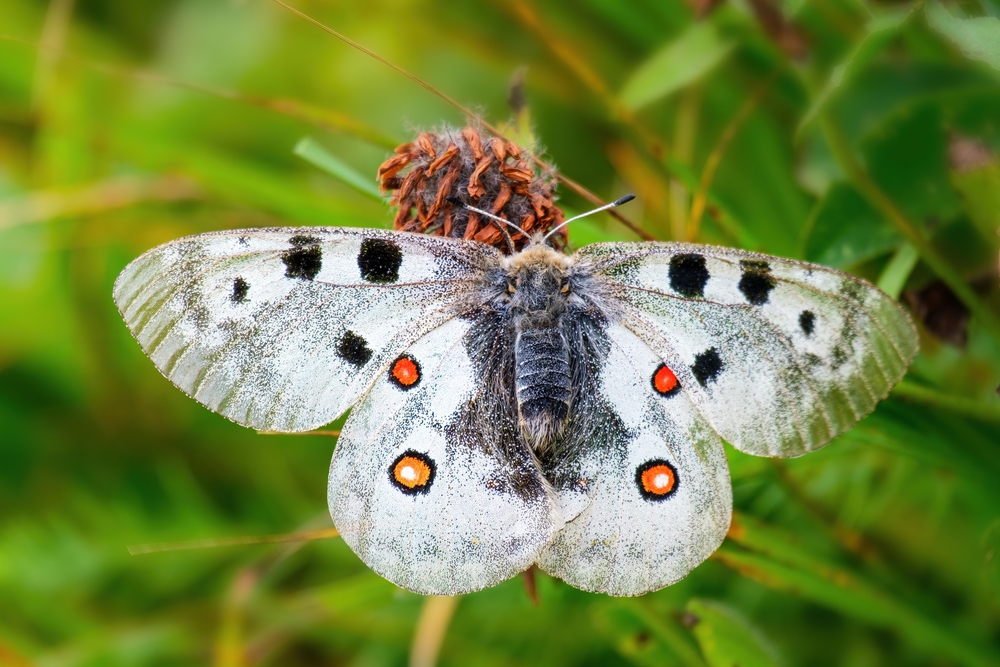
The Apollo butterfly is a high-altitude species found in the mountainous regions of Europe, including the Alps and the Pyrenees. These insects migrate vertically rather than across continents, moving to lower elevations during the winter months to escape the harsh alpine conditions. Their migration is driven by temperature changes and the availability of their host plants, particularly members of the Sedum family. They are known for their large, white wings with black and red spots, which serve as a warning to predators. Their migration is essential for survival, as the high-altitude environments they inhabit become inhospitable during the colder months. They are also known for their slow, graceful flight patterns, which are in stark contrast to the rapid movements of other migratory species.
Lesser Purple Emperor
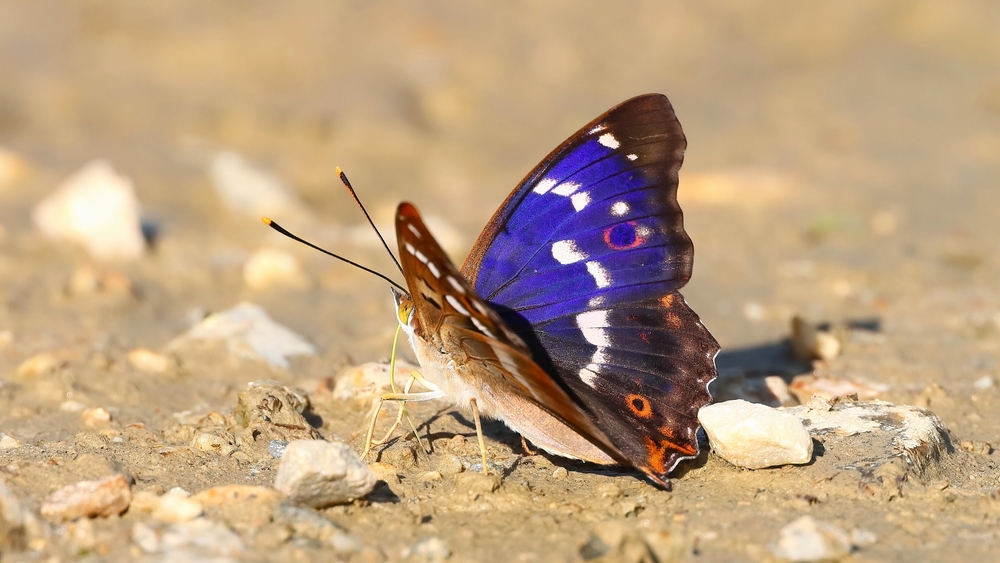
The lesser purple emperor is a striking butterfly found in Europe and parts of Asia. These insects are known for their partial migratory behavior, with some populations moving south during the winter while others remain in place. Their migration is largely influenced by temperature and food availability, with the butterflies feeding on sap, overripe fruit, and carrion rather than nectar. They are known for their iridescent purple wings, which are most visible in males. Their migration is typically short, but they can cover considerable distances in search of suitable feeding and breeding grounds. They are often found in woodlands and forests, where they lay their eggs on willow trees. They are known for their strong territorial instincts, often chasing away other butterflies from their feeding sites.
This article originally appeared on Rarest.org.
More from Rarest.org
15 Lesser-Known Species on the Brink of Extinction
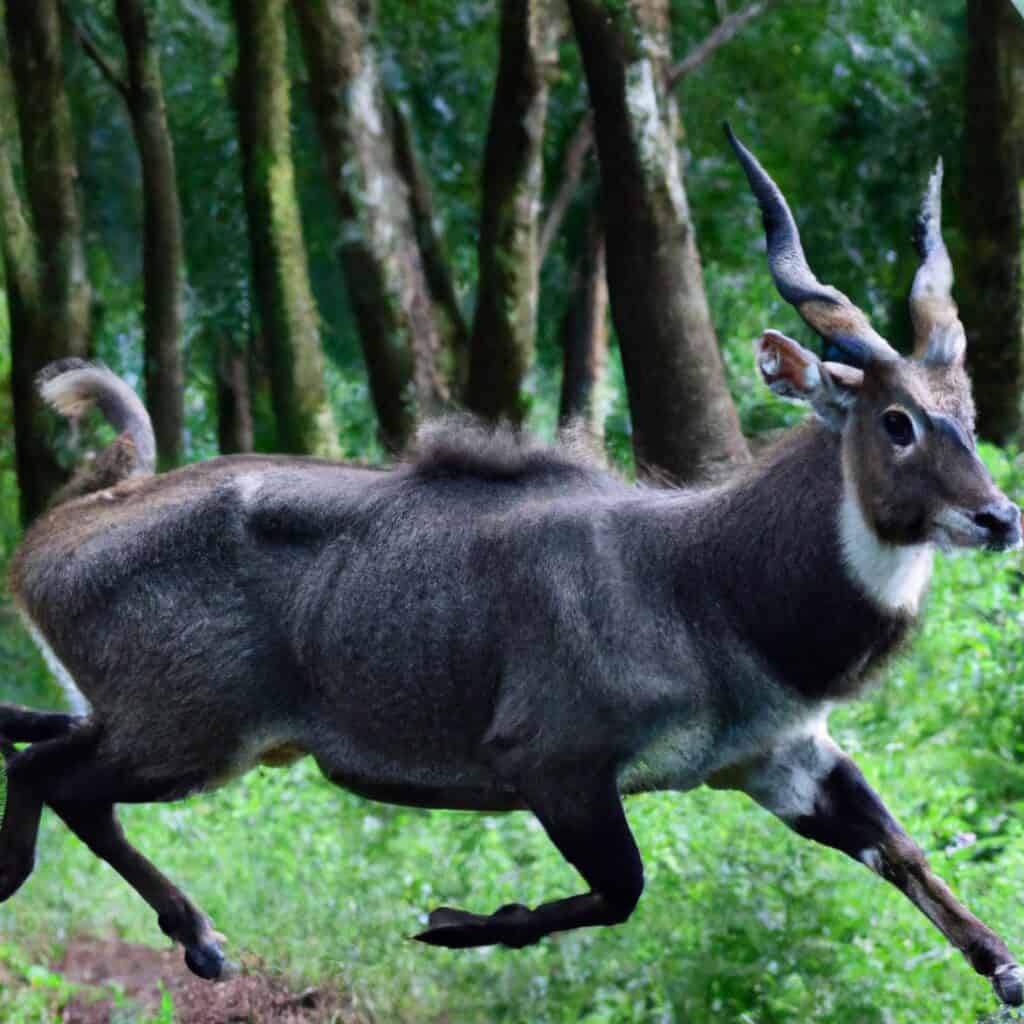
Many species around the world are facing the threat of extinction, but not all of them are well-known. While efforts to save popular animals like pandas and tigers often make headlines, lesser-known species are quietly disappearing at an alarming rate. Read More.
14 Legendary Sports Records That Seemed Impossible to Break

In the world of sports, certain records stand out as almost untouchable, showcasing the incredible skill, dedication, and sometimes sheer luck it takes to reach such heights. These feats have left fans in awe and competitors wondering if they’ll ever be matched. Read More.
15 Rare and Iconic European Sports Cars You May Have Overlooked

European sports cars are often associated with well-known names like Ferrari, Porsche, and Aston Martin, but there’s a whole world of lesser-known gems that deserve just as much attention. These under-the-radar models offer unique designs, thrilling performance, and a rich automotive heritage. Read More.
